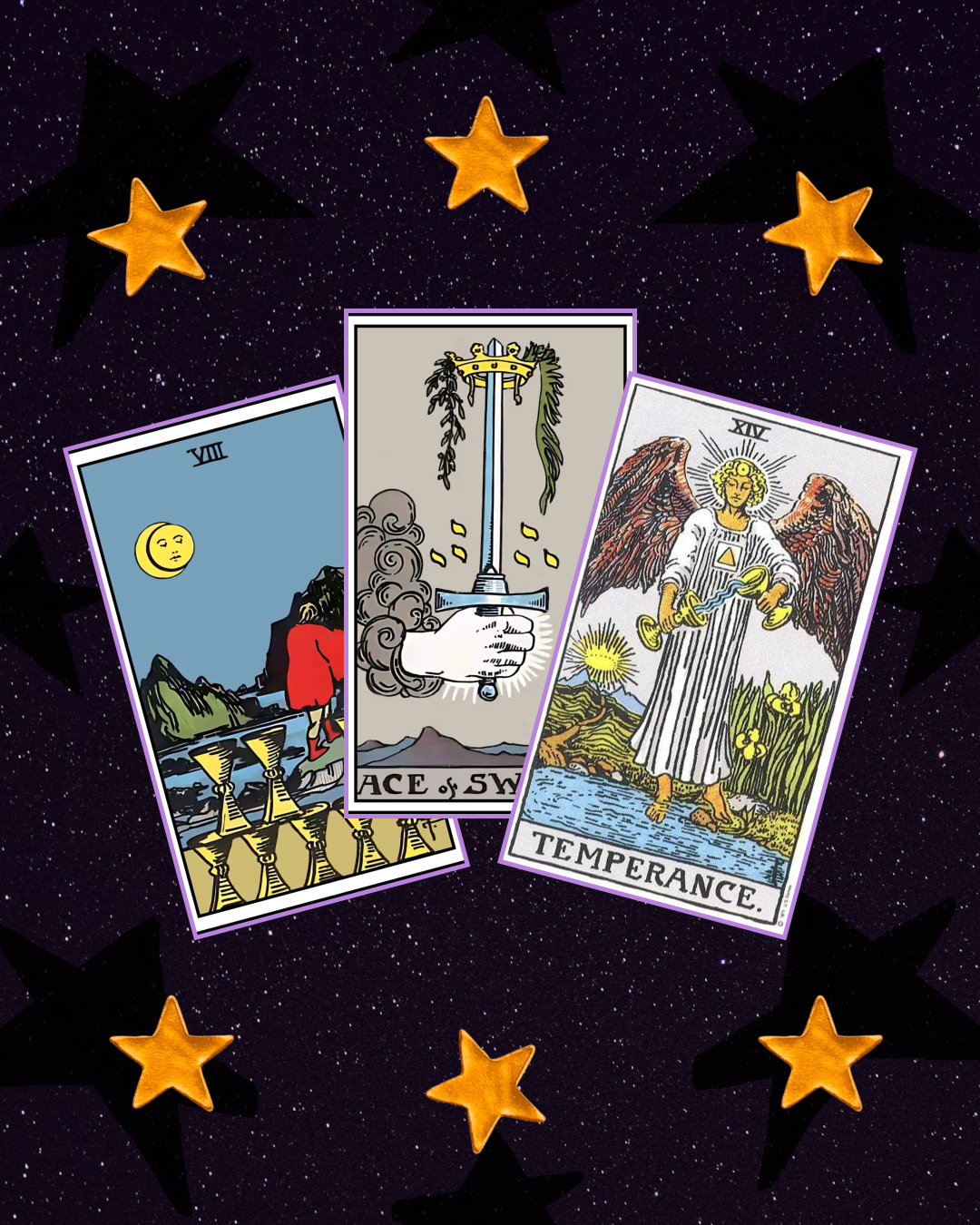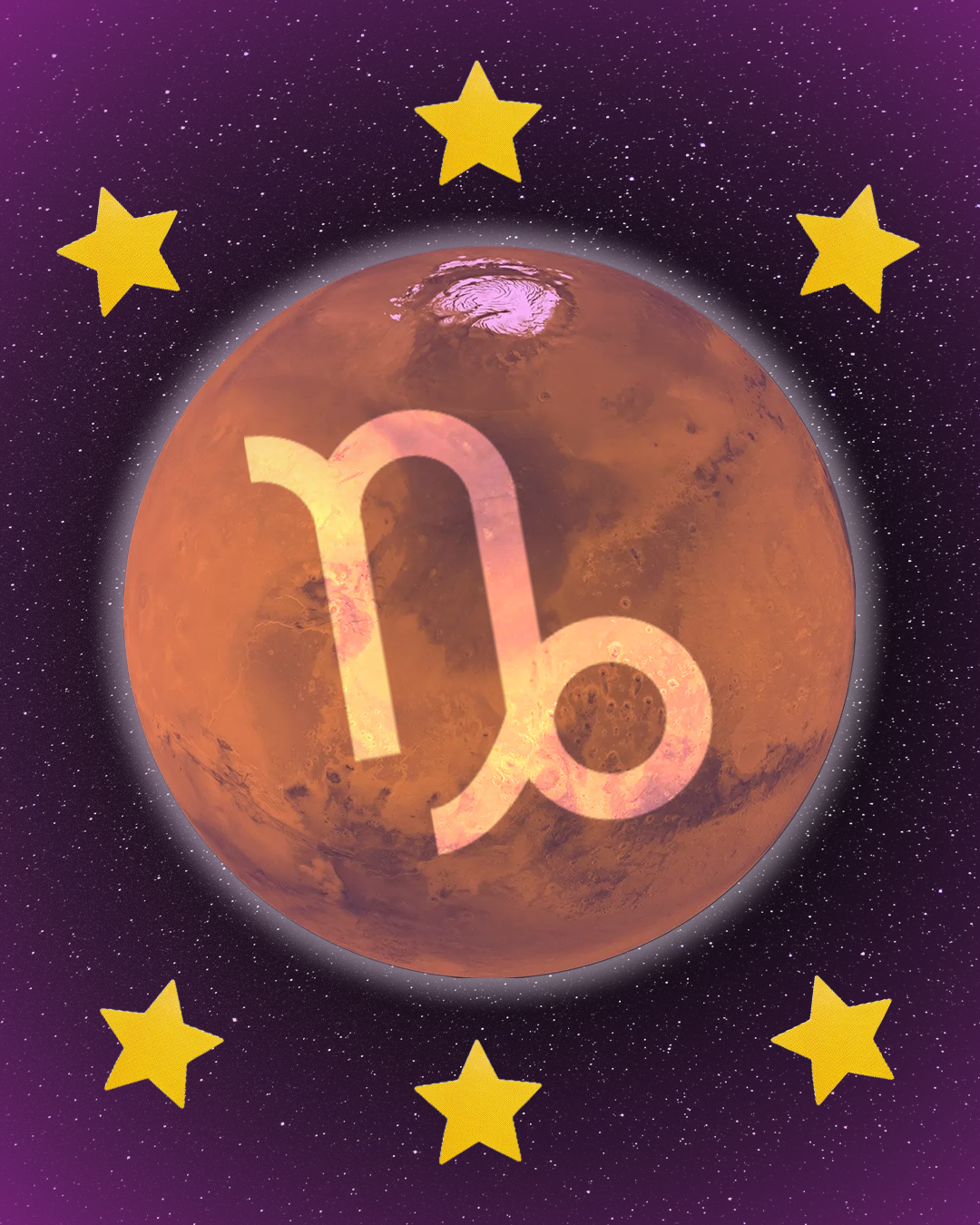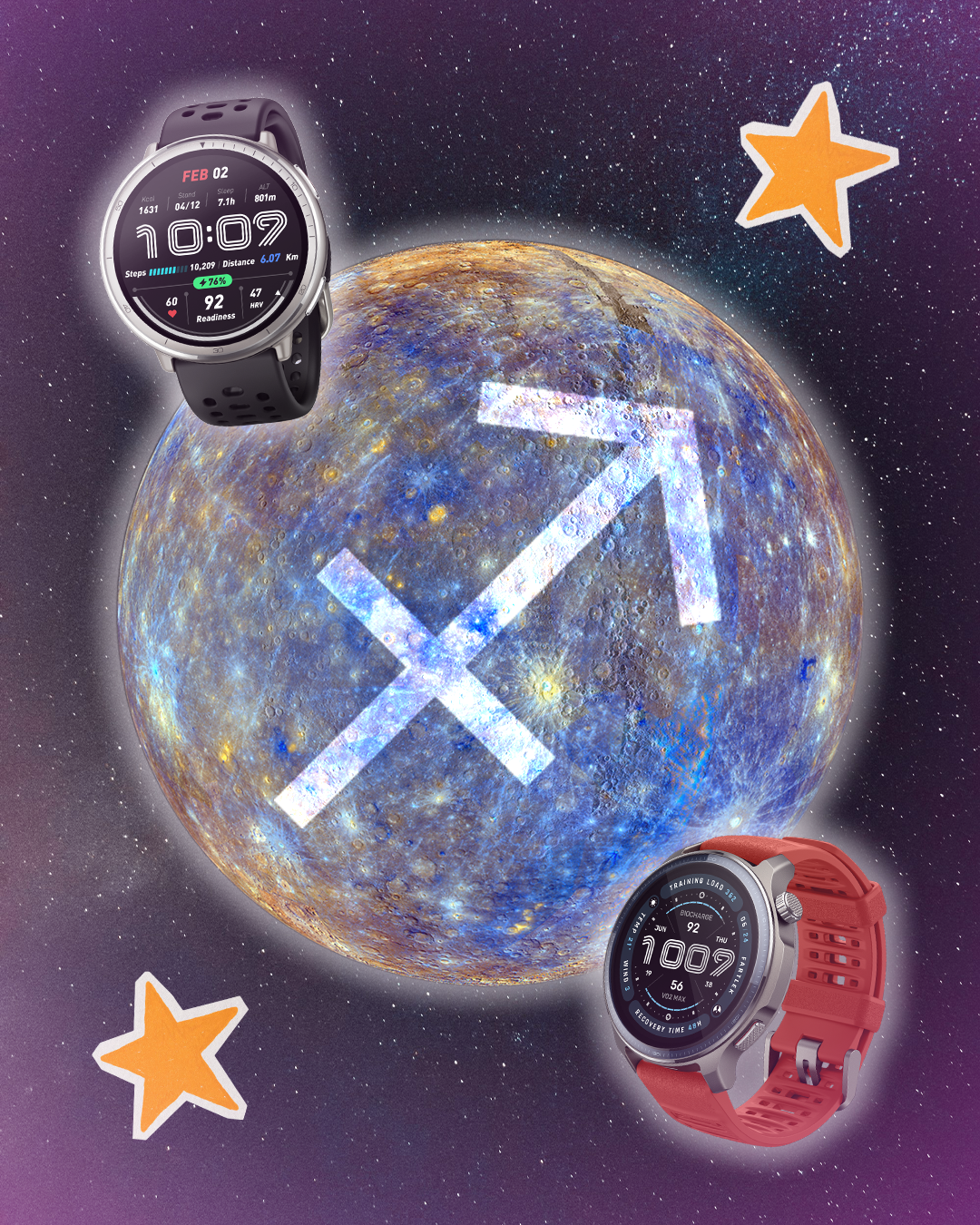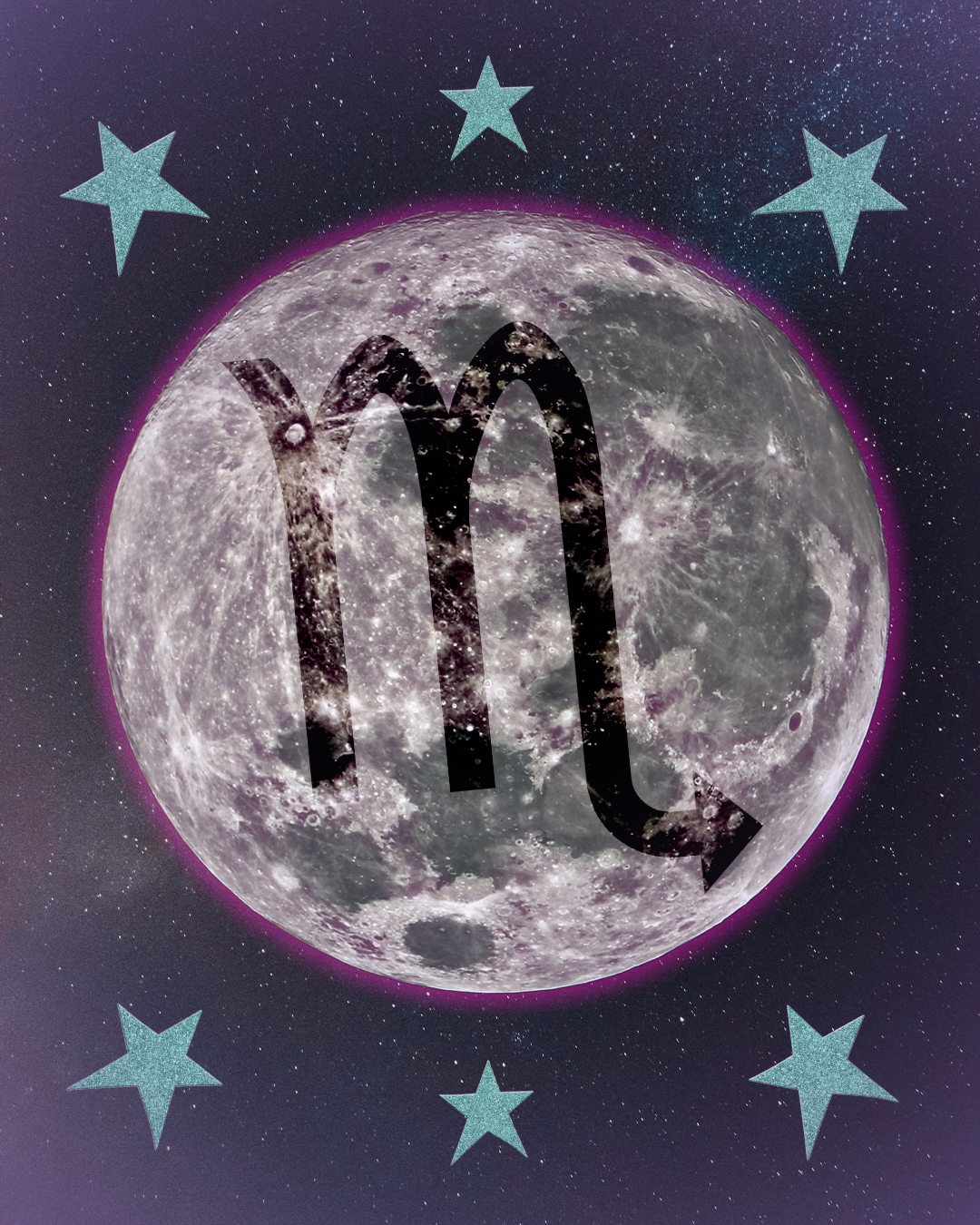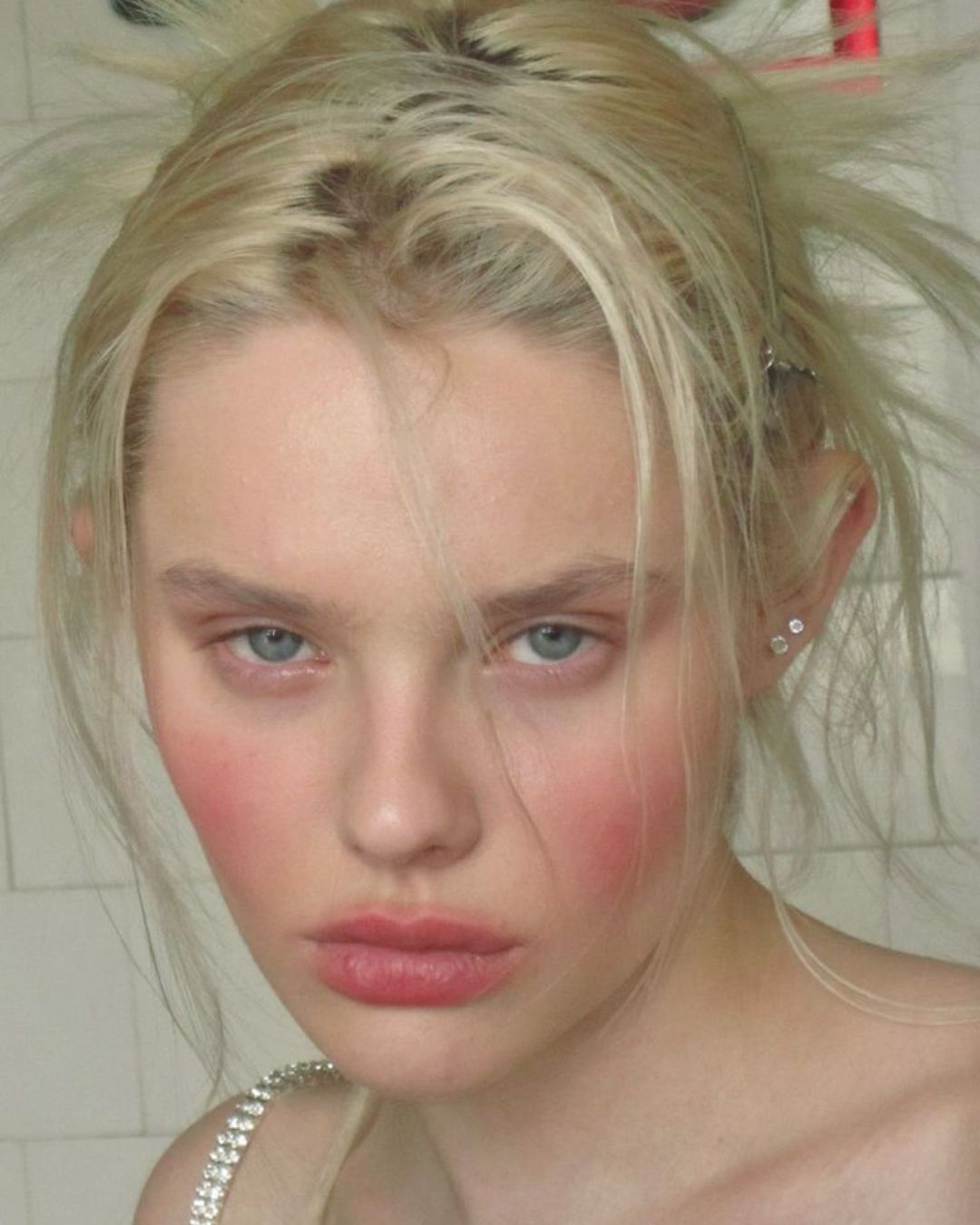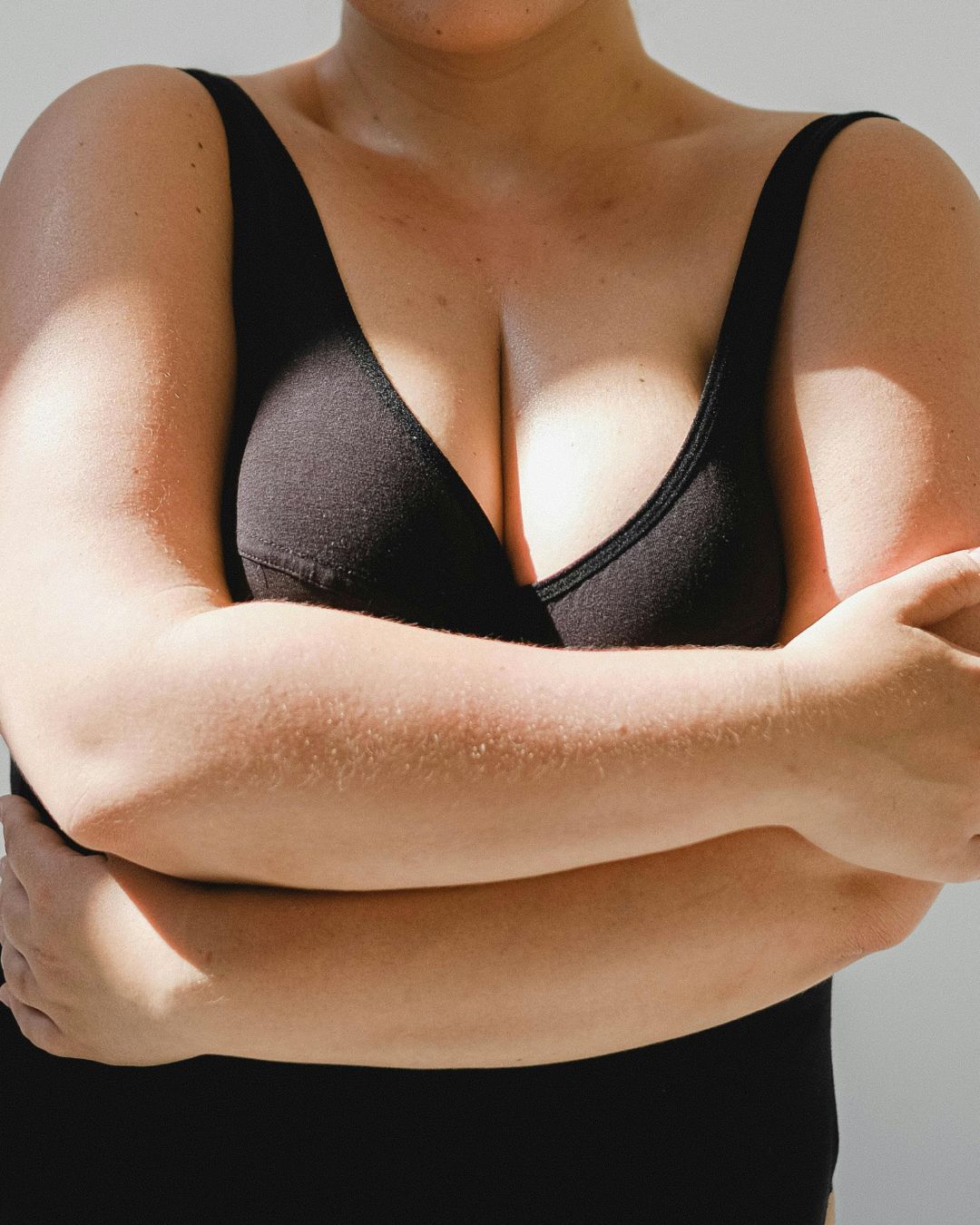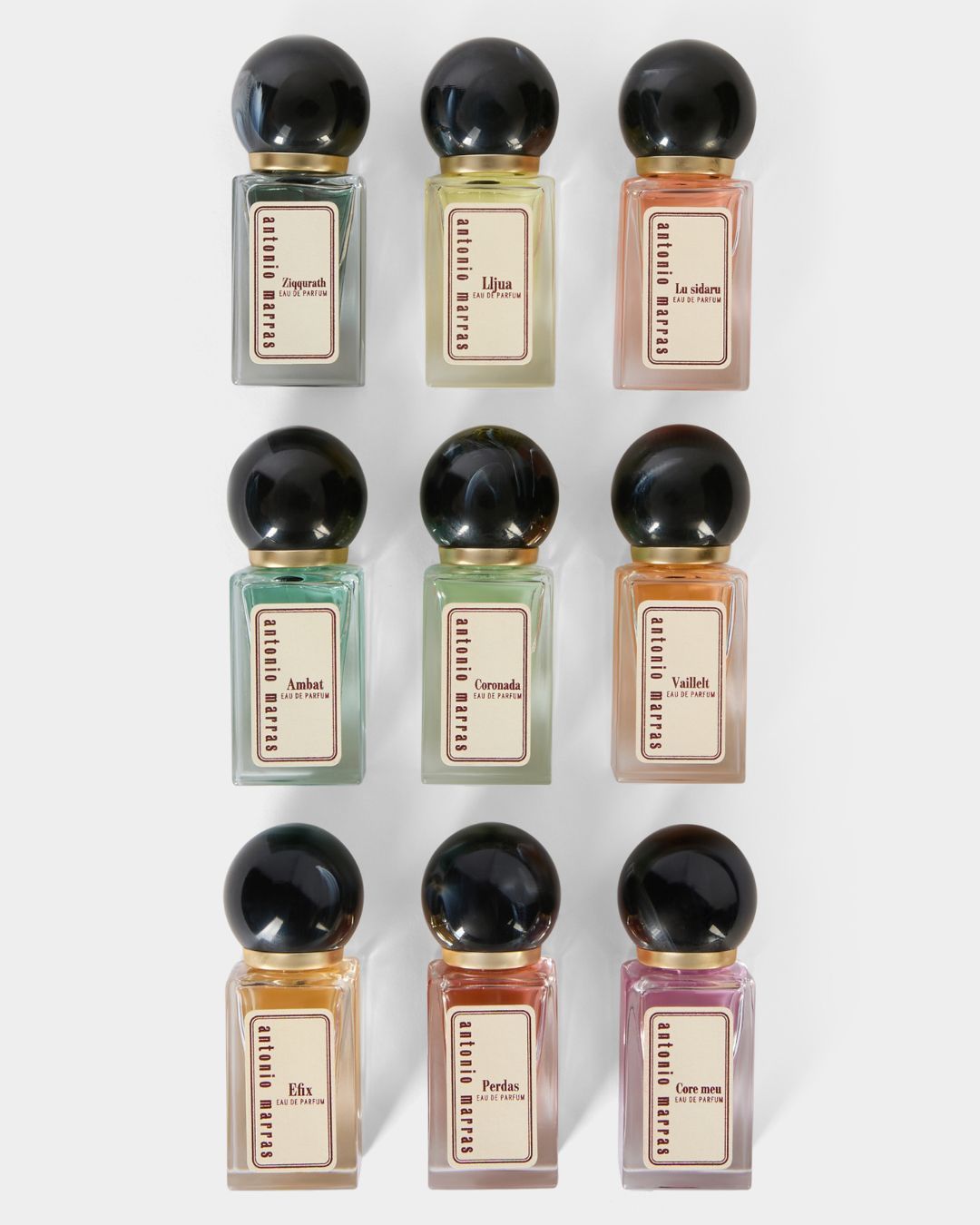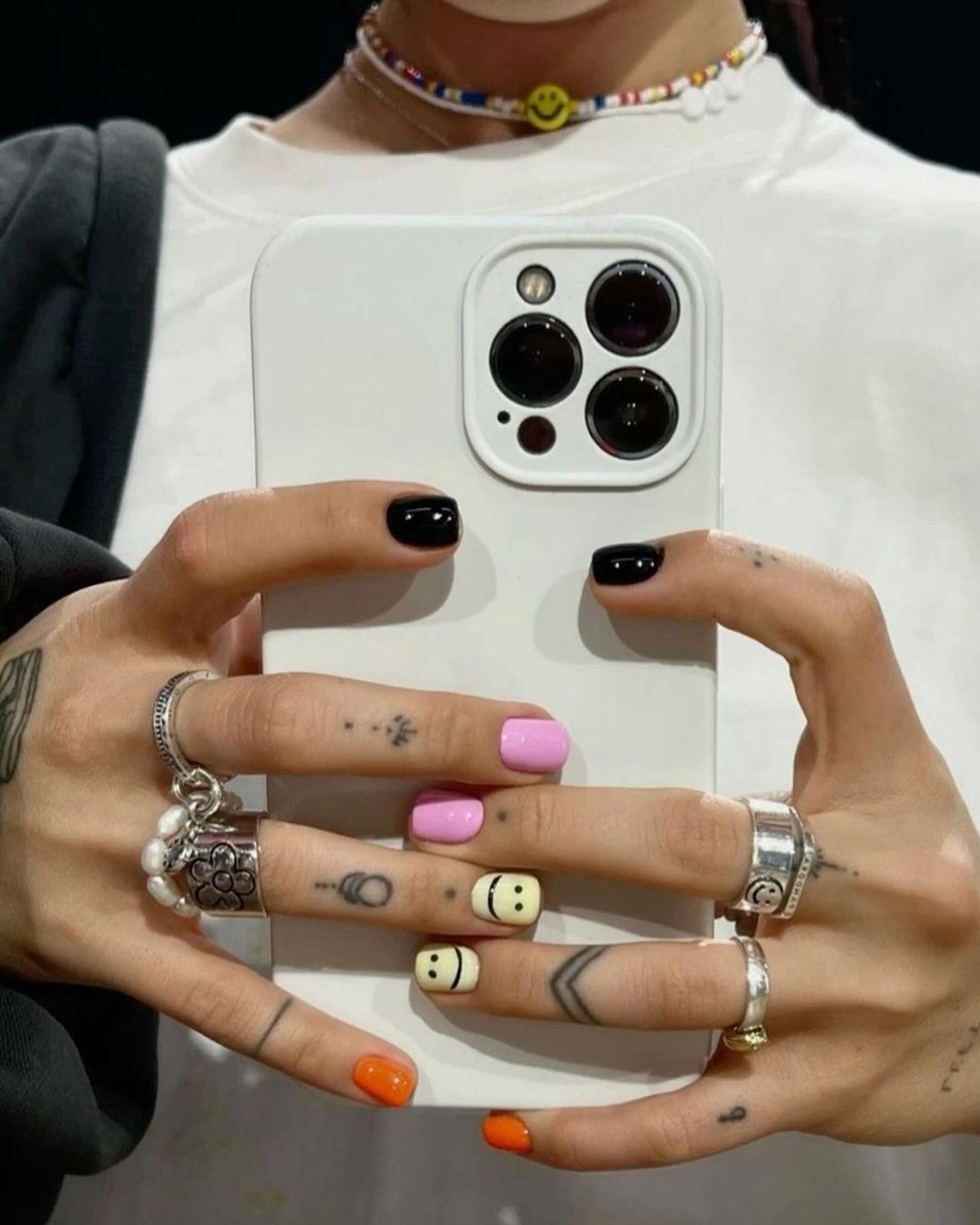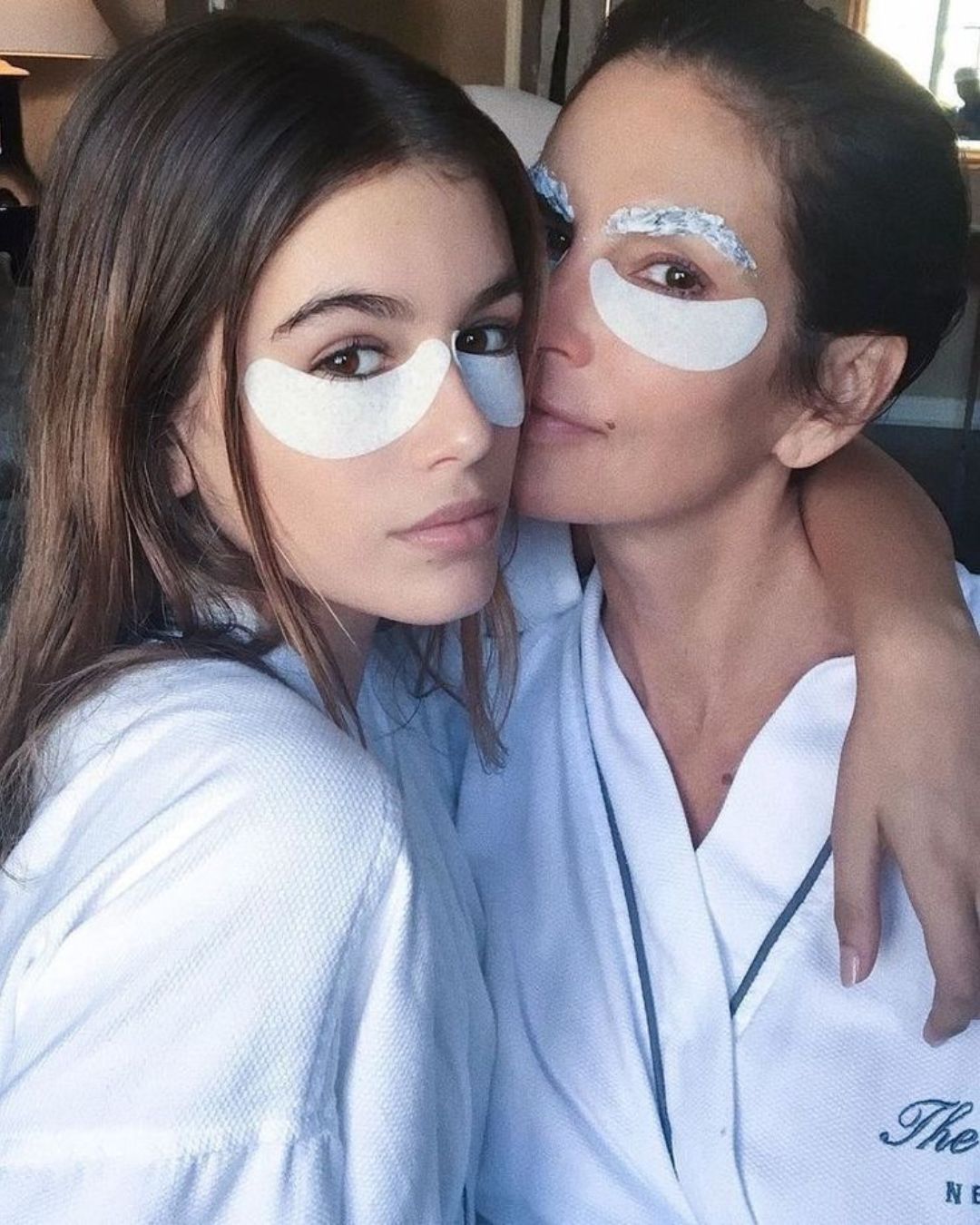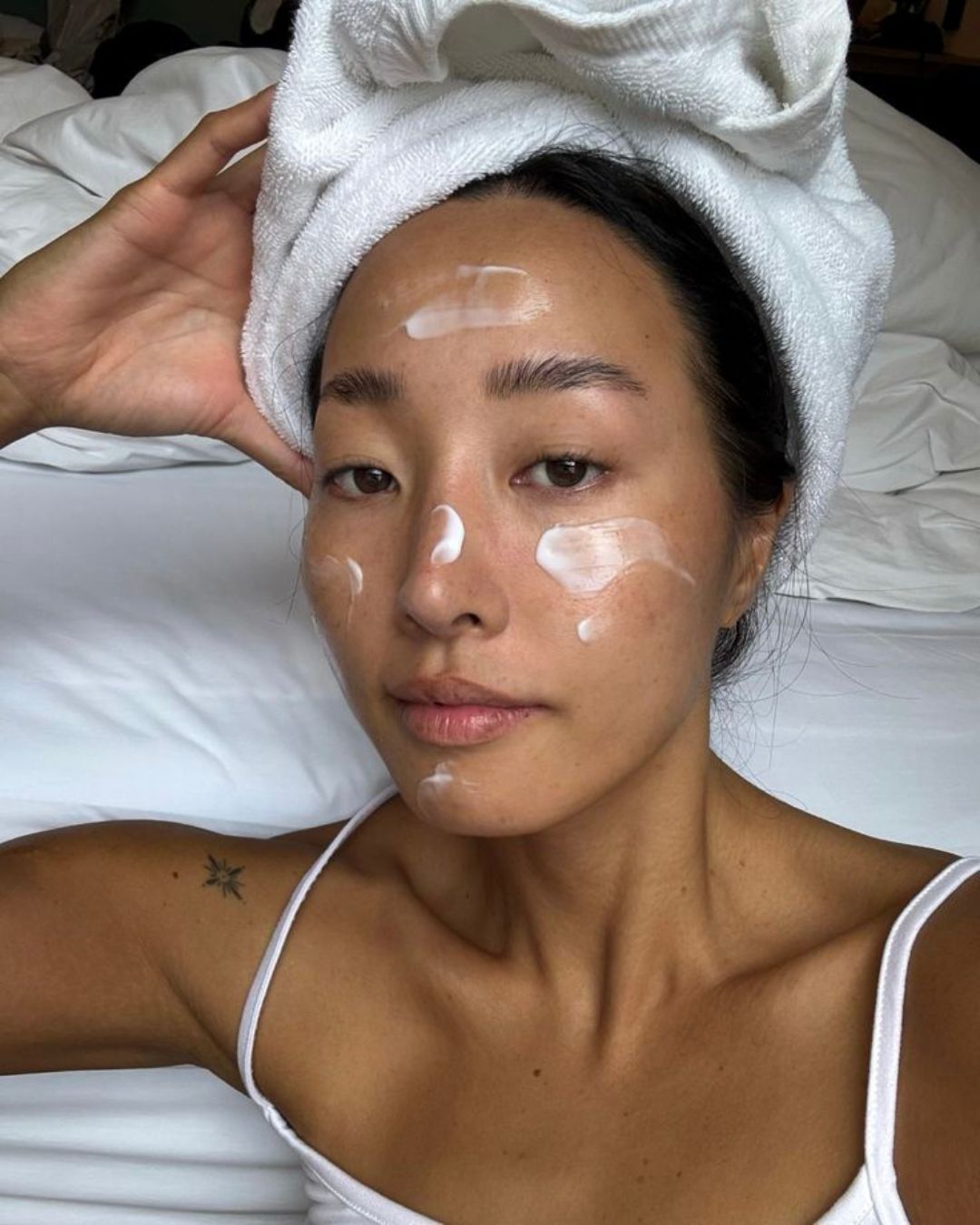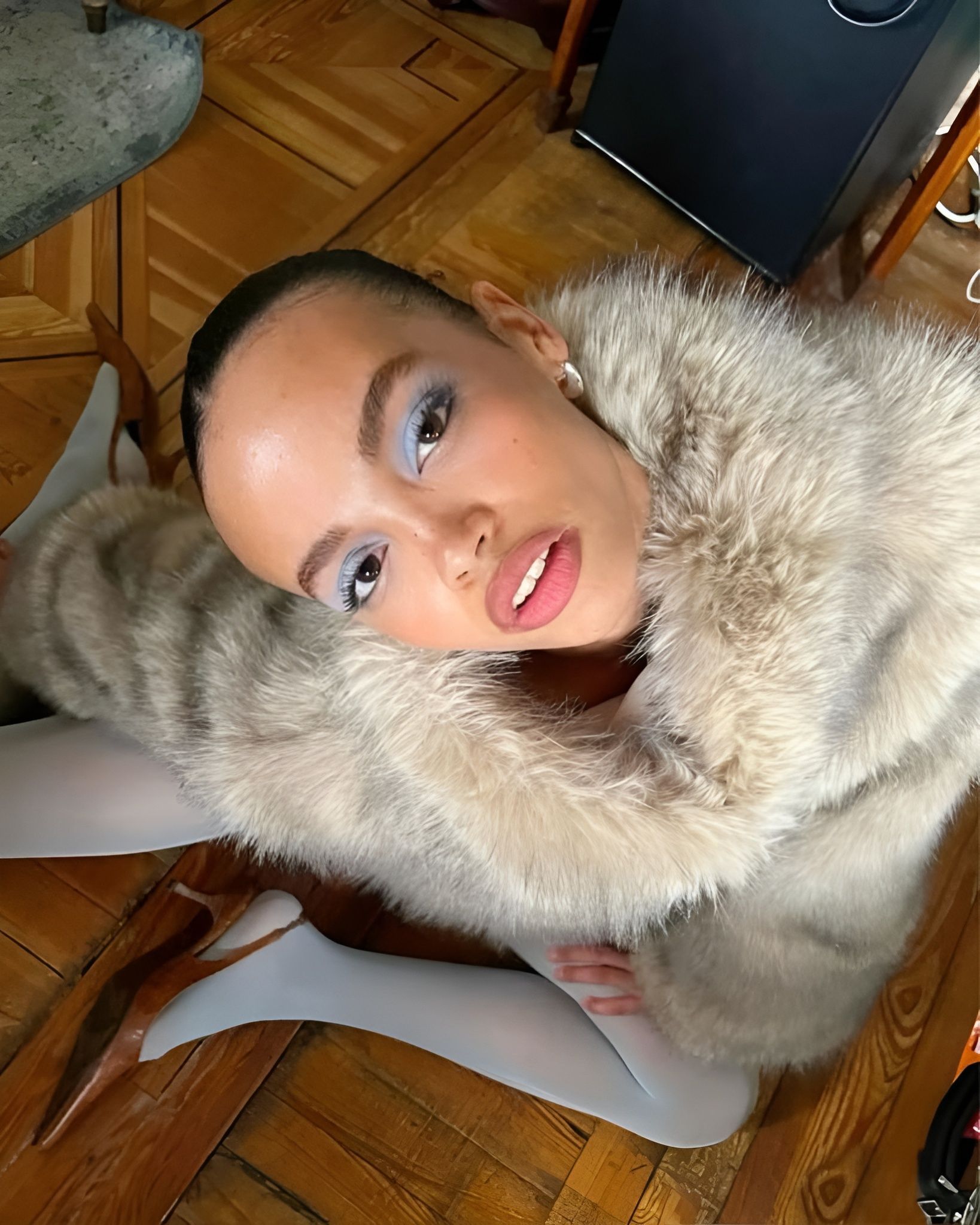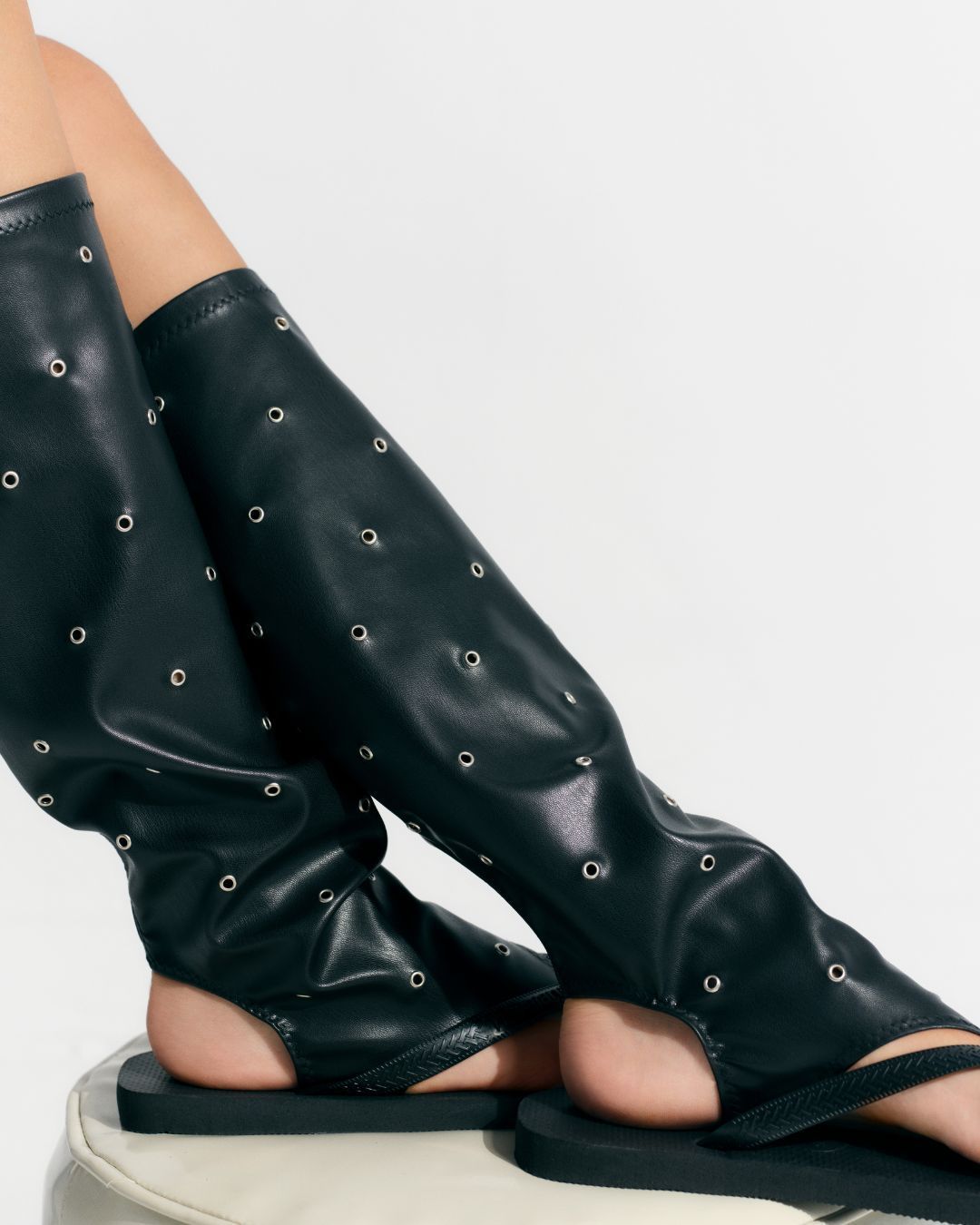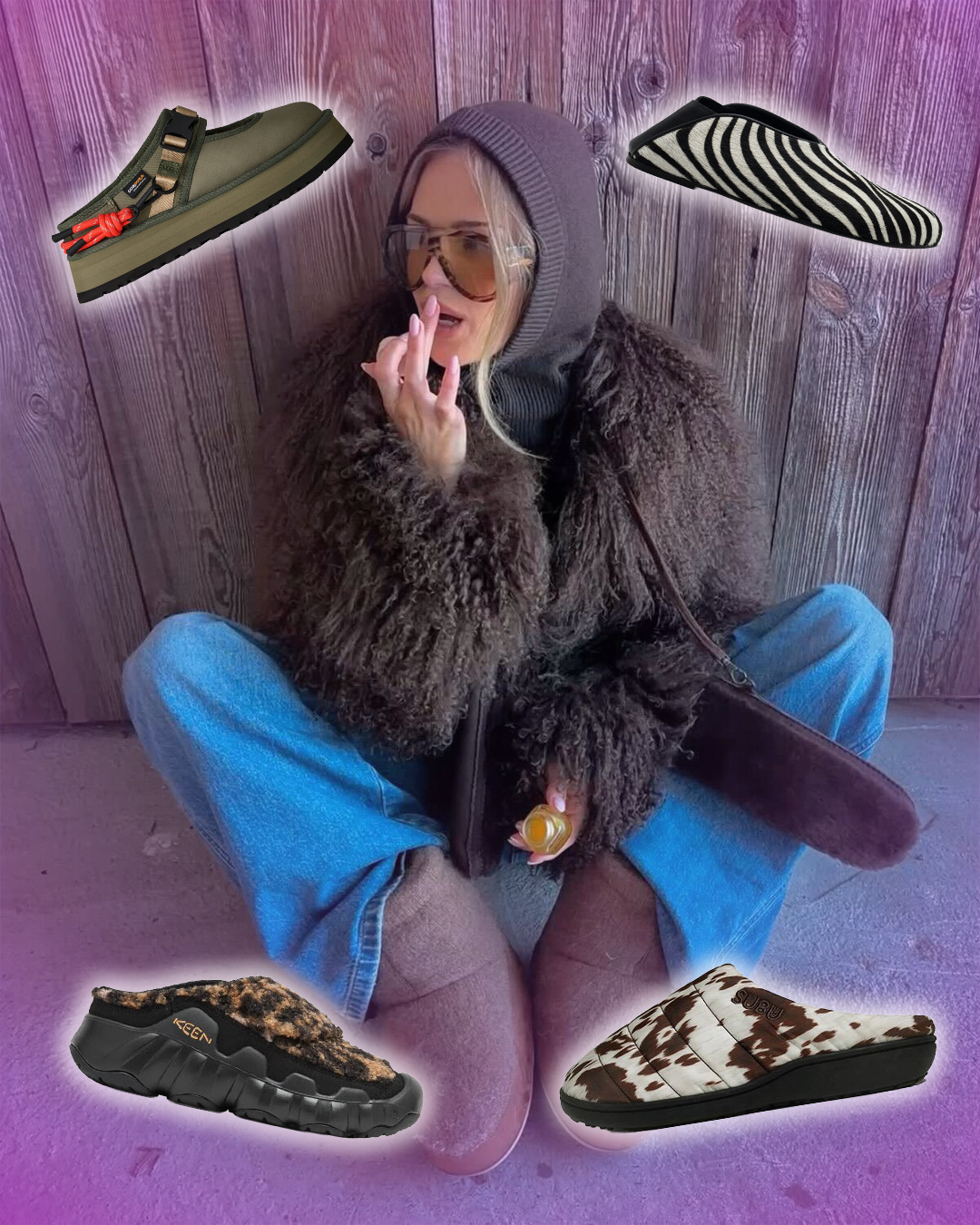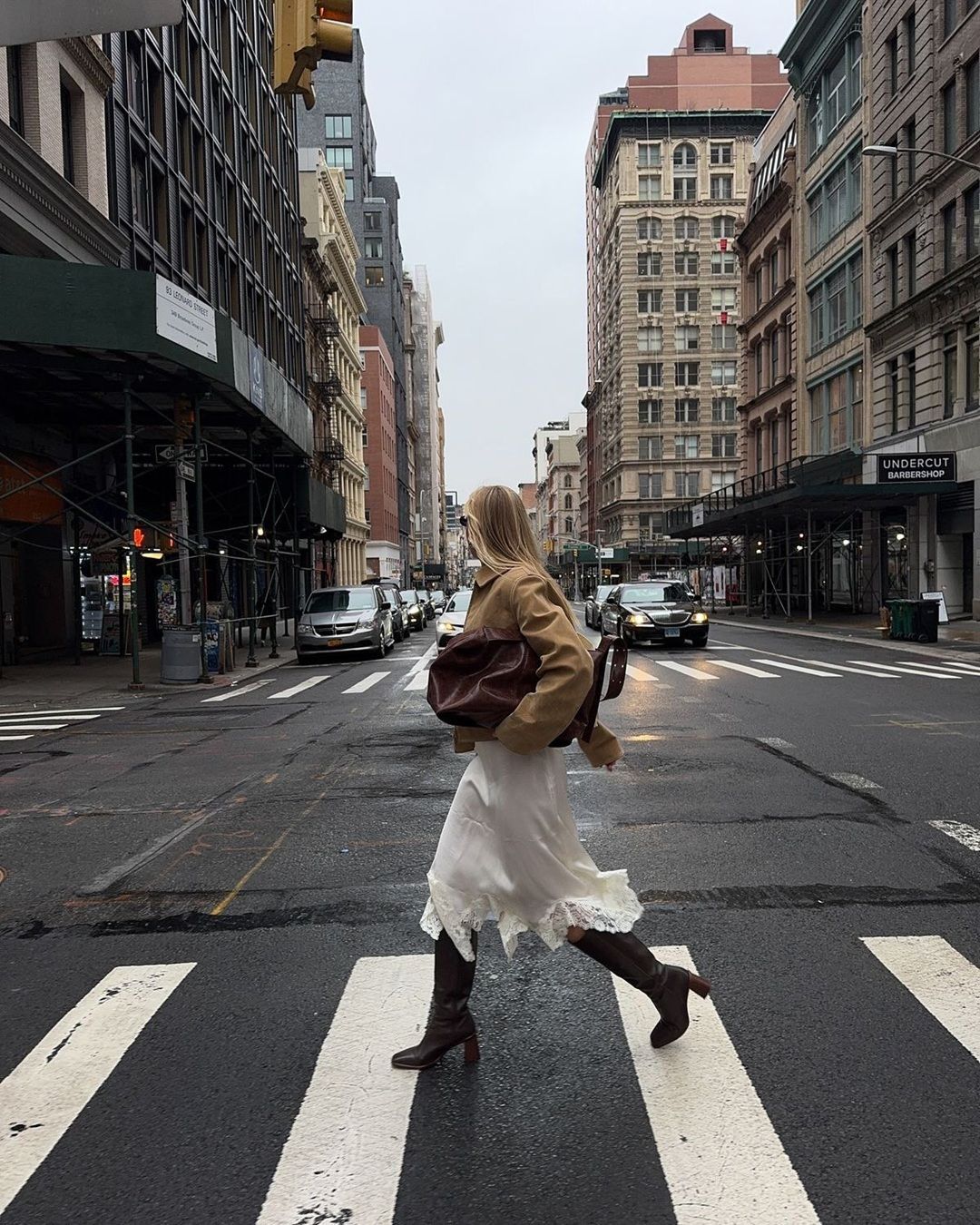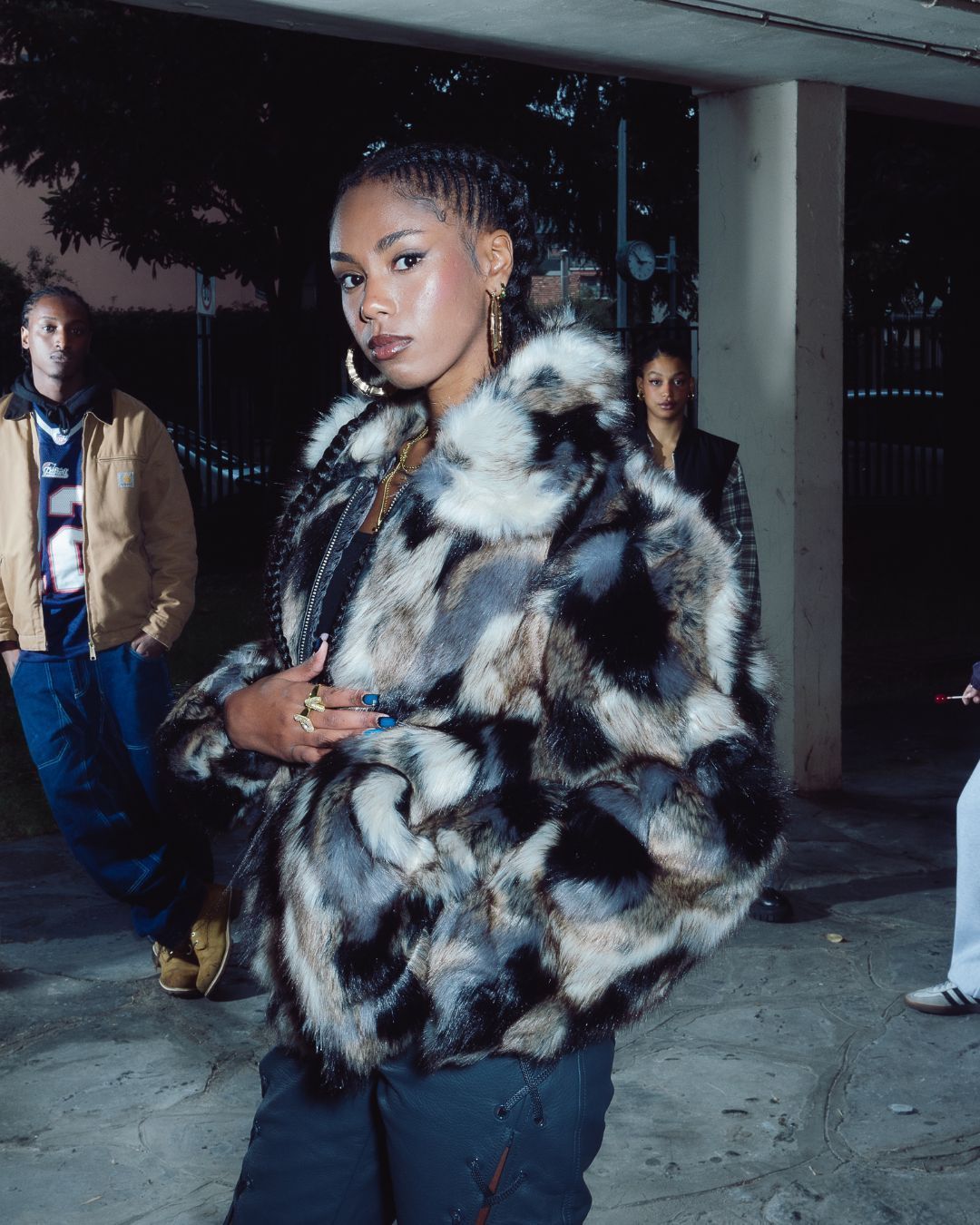
A social network report on the month of Pride 2025 Less content, less attention, less economic investments: what is happening?
As every year, Pride Month brings with it not only celebration but also shadows, and this time, perhaps more than usual. There has been a notable decline in interest from brands (in fashion and beyond) to participate with initiatives, partnerships, or sponsorships. It also appears that attention on topics such as inclusion and diversity on social media has dropped compared to previous years. This is likely due to global political shifts - especially in the United States, where President Donald Trump's policies are undermining LGBTQIA+ rights, and in Italy, which seems to be following suit - but also to changing economic priorities. If standing up for these causes no longer sells, then brands walk away. And so, rather than moving forward, we seem to be slipping backward.
Buzzoole’s data on social networks during Pride Month 2025
Buzzoole analyzed over 160,000 contents and campaigns over the last twelve months (June 2024 to June 2025), revealing a 21% decrease in social media content related to diversity & inclusion compared to the previous year, from 204,820 to 161,570 total contents. Advertising investments (ADV) also declined, though less drastically (-8.9%). During Pride Month, traditionally a focal point of LGBTQIA+ activism, visibility dropped sharply: total content posted between June 1 and 18, 2025 fell 43% compared to the same period in 2024, with ADV volumes declining by 49%. This shows a growing disengagement from brands, translating into fewer sponsored contents and reduced media visibility.
Instagram leads, but TikTok wins
While Instagram remains the leading platform (80% of both organic and ADV content), TikTok proves to be more relevant in terms of spontaneous user-generated content. The most used format remains static posts, although videos - especially for ADV - are on the rise (40.2%). Creators with 10–30K followers are the most involved, appreciated for their effective and localized engagement. Strategically, the report highlights a declining focus on D&I within editorial calendars, with seasonal activity overly concentrated in June and a lack of continuity during the rest of the year. June clearly stands out as the peak month for D&I-related advertising, accounting for 14.2% of the total annual ADV volume, driven by Pride campaigns. July maintains a high level of activity, likely due to lingering pride efforts, but volumes steadily decline from August, reaching their lowest point in February (5.97%). May shows signs of recovery, likely in preparation for spring campaigns and the approaching Pride Month.
Our conclusions
All this data paints a not-so-hopeful picture for the future. Investment and commitment to critical issues such as representation and the rights of marginalized groups should not be dictated by conservative governments, and yet they often are. The contrast comes from TikTok, where a freer, more spontaneous approach prevails. Many individuals are tired of waiting for brands to step up; they take action themselves, join alternative marches and events, reject opportunism, and seek more authentic connections. What they ask for is year-round support and a new kind of spontaneity.



